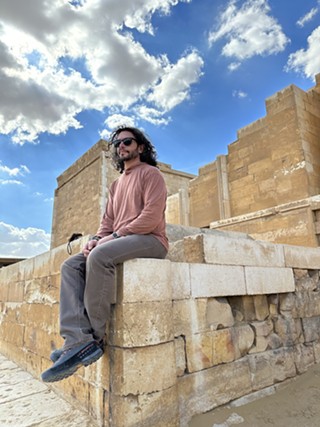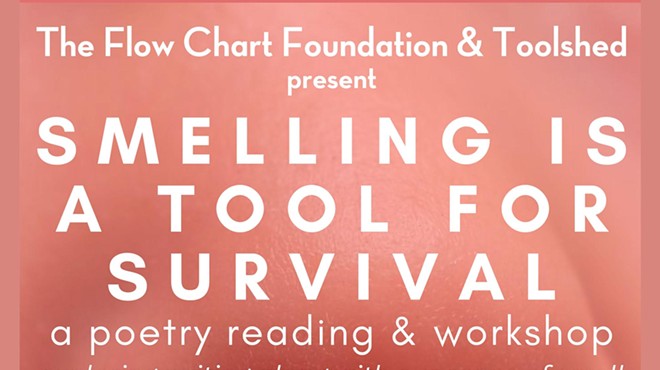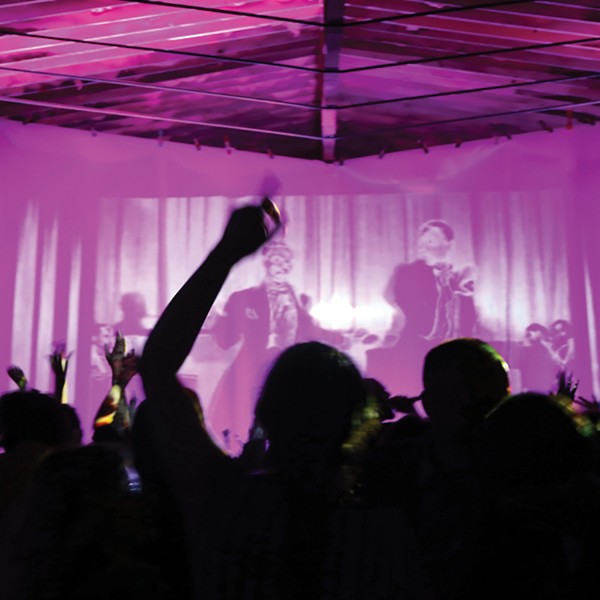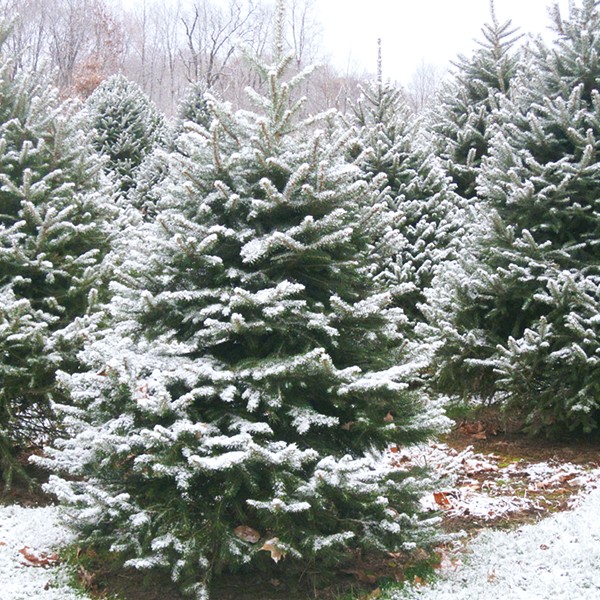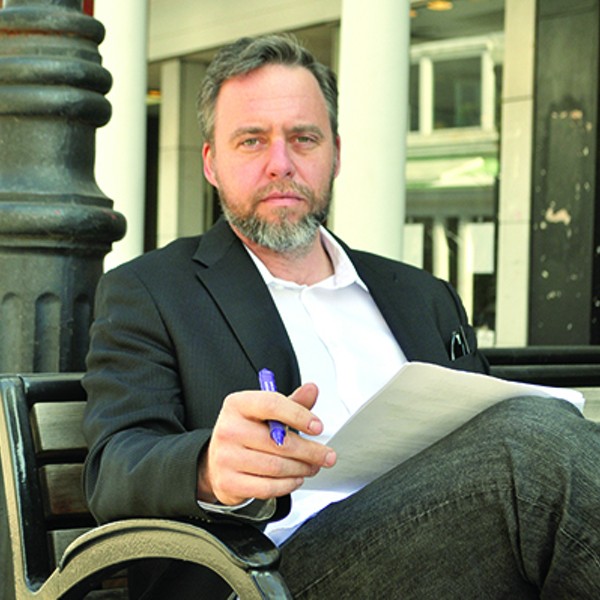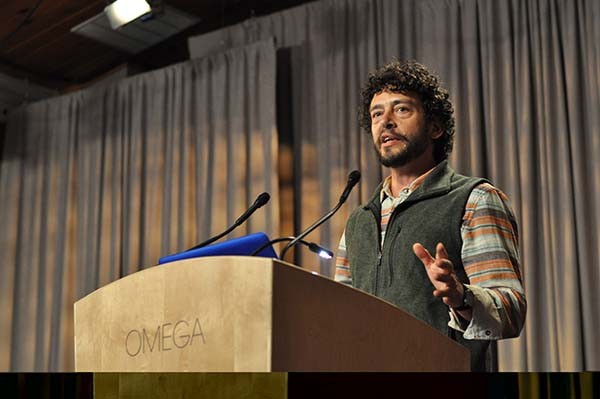
I live on Earth at present, and I don't know what I am. I know that I am not a category. I am not a thing—a noun. I seem to be a verb, an evolutionary process— an integral function of the universe.
—Buckminster Fuller
Esteemed Reader of Our Magazine:
When we started Chronogram in 1993, we needed a tag-line, and we chose a set of encompassing terms—"Arts. Culture. Spirit." This seemed to us to capture the image of concentric circles, or worlds, as it were, each contained within and participating in the next.
In our usage, art is an action or activity that is fundamentally creative (as opposed to inventive or technical) that has the express purpose of conveying qualitative meaning. It is only art if the result is something uncontrived, and fundamentally new.
Artists, or creative workers within a community give rise to culture. The biological definition of the word illuminates its meaning in a social sense. Here it is like yogurt, or a dish of bacteria wherein each organism within the overall ecosystem is a creative contributor to the whole.
A culture is difficult to apprehend from the perspective of the individual. It is like a blood cell trying to fathom the form and meaning of the body whose veins and arteries it traverses, and yet the body provides the medium and net purpose of the blood cell's existence. So too is it difficult for us to comprehend the true nature of the culture we inhabit and intentionally contribute as particular creators.
The culture also swims in another medium, a still larger body in which the culture itself is an organ. In starting the magazine we chose the term Spirit to describe this etheric sphere that provides the purpose and context for all we do as communities, societies, and even for humanity as a whole.
The key thing, we saw, in considering Chronogram's tag-line as these concentric, reciprocally maintaining worlds, is that they are significant as much in terms of scale, as in their particular manifestations of content. In other words, it was important to look at each as a whole, a totality in itself. Each is structurally similar or even identical, though they look different from the perspective of each scale, like a two-dimensional being trying to fathom the nature of a being that lives in three.
As such the tagline could as easily read "Local. Global. Cosmic"
In his book The Ghost in the Machine, Arthur Koestler suggests the idea of the holon, a Greek word meaning "whole." In the way that Koestler used the term he suggested that the world is constructed of autonomous totalities comprised of many smaller autonomous totalities. In the context of a body, there are individual cells, which comprise independent organs each with a particular function within the whole body.
In this design there is a flow of intelligence both up and down between worlds, as each autonomous totality provides context and pattern for its constituent totalities, as well as being itself an integral part and fulfilling a particular function within a larger body or organization of intelligence.
Our aim in starting the magazine was to create media and content that reflects and serves multiple worlds at the same time. Specifically this means offering content that inspires individual artists to further their work, nourishes the locale and by extension the global cultural biome, and at least in small part harkens to the cosmic context and purpose of humanity's existence. We wanted the magazine to be well-considered the etymological sense of the word which literally means "with the stars."
Nevertheless, we saw that for our impact to be meaningful, it had to be human-scale, not national or global as afforded by the technology of digital communication and media. We saw that the effect of attenuating meaning, of trying to speak to too broad a swath of people, mitigates the effect of nourishing and supporting the growth of cultural vitality. So we made a conscious decision not to grow too much and limit our activities to reflecting and amplifying the cultural biome of our locale, the Hudson Valley.
In these 20 years we have experienced first hand the power of media to cultivate a unique regional cultural biome. In this sense media is like a third, invisible force reconciling between artists and audience, organizers and participants, local business people and customers. The regular pulse of our magazine's issuance is a way of fertilizing the soil of our local cultural ecosystem.
Particularly in a small, local economy it is co-created by its participants. Contributors and audiences come and go or change places, but the fabric of the cultural commons remains. In fact all who contribute, like cells that are born and die within the overall life of the body, make the culture what it is.
Like all living things the cultural biome is difficult to quantify and define. In being alive, the culture is not a thing, but a living process, with a living presence. And in this process we are all living participants contributing to the larger presence with everything we say and do, even with every breath.
—Jason Stern







